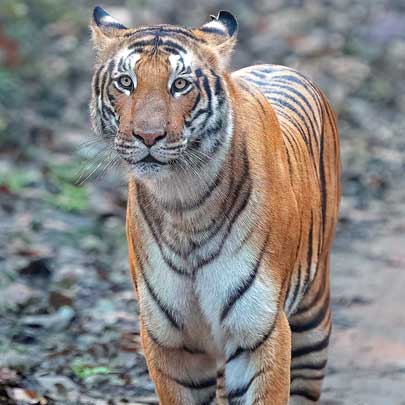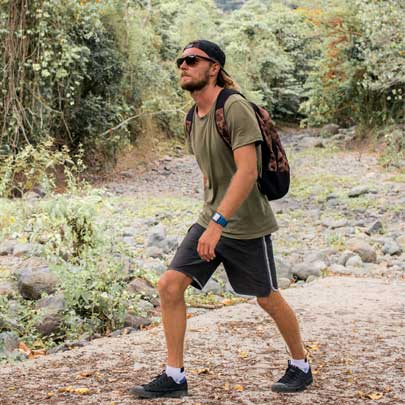Exploring The Terai Ecosystem: Katarniaghat's Unique Landscape
Nestled in the northern Indian state of Uttar Pradesh, Katarniaghat Wildlife Sanctuary showcases the unique and diverse Terai ecosystem. The sanctuary, part of the larger Dudhwa Tiger Reserve, is renowned for its rich biodiversity, distinct landscapes and efforts to preserve the delicate balance of the Terai region. Let's embark on a journey to explore Katarniaghat's unique and captivating landscape.
1. Terai Ecosystem Overview:
- The Terai is a biodiverse region characterized by its low-lying alluvial plains at the foothills of the Himalayas. Katarniaghat Wildlife Sanctuary, situated within the Terai, encapsulates a mosaic of ecosystems, including grasslands, wetlands and dense forests.

2. Rich Flora and Fauna:
- Katarniaghat is a haven for a variety of flora and fauna. The sanctuary is home to Bengal tigers, Indian rhinoceros, elephants, leopards and an array of deer species. The diverse habitats support an abundance of plant life, adding to the overall ecological richness.

3. Unique Wetlands:
- The sanctuary is punctuated by wetlands, adding to its unique charm. Rivers, streams and oxbow lakes contribute to the wetland ecosystem, providing crucial habitats for aquatic species and waterfowl. The wetlands also play a vital role in regulating the region's water balance.

4. Gharial Conservation:
- Katarniaghat Wildlife Sanctuary is renowned for its successful conservation efforts for the critically endangered gharial (Gavialis gangeticus). The Girwa River, flowing through the sanctuary, serves as a key breeding ground for gharials, showcasing the sanctuary's commitment to preserving threatened species.

5. Grasslands and Savannahs:
- Vast grasslands and savannahs define parts of Katarniaghat's landscape. These open habitats are crucial for herbivores like deer and serve as ideal grazing grounds. The grasslands contribute to the overall biodiversity and offer unique opportunities for wildlife sightings.

6. Avian Diversity:
- Katarniaghat is a paradise for birdwatchers. The sanctuary boasts a diverse avian population, with numerous resident and migratory bird species. The wetlands attract waterfowl, while the forests are home to raptors, woodpeckers and a variety of songbirds.

7. Corridor Connectivity:
- The sanctuary plays a pivotal role in providing corridor connectivity for wildlife. It serves as a link between Dudhwa Tiger Reserve in India and Bardia National Park in Nepal, facilitating the movement of species across international borders.
8. Community Involvement:
- Katarniaghat Wildlife Sanctuary actively involves local communities in conservation efforts. Community engagement programs focus on raising awareness, mitigating human-wildlife conflict and promoting sustainable practices that benefit both residents and wildlife.
9. Responsible Tourism:
- The sanctuary encourages responsible tourism practices. Visitors can explore designated areas under the guidance of trained naturalists, ensuring minimal disturbance to wildlife habitats. Eco-friendly initiatives and educational programs enhance the overall tourism experience.
10. Conservation Challenges: - Despite its successes, Katarniaghat faces conservation challenges, including habitat fragmentation, poaching threats and the need for sustainable resource management. Ongoing efforts aim to address these challenges and secure the long-term survival of the sanctuary's unique ecosystem.
Katarniaghat Wildlife Sanctuary stands as a testament to the beauty and significance of the Terai ecosystem. Its diverse landscapes, rich biodiversity and conservation initiatives make it a crucial component of the larger Dudhwa Tiger Reserve. Exploring Katarniaghat's unique landscape offers a glimpse into the delicate balance of the Terai and underscores the importance of preserving such ecosystems for the well-being of wildlife and the communities that coexist within them.












































































